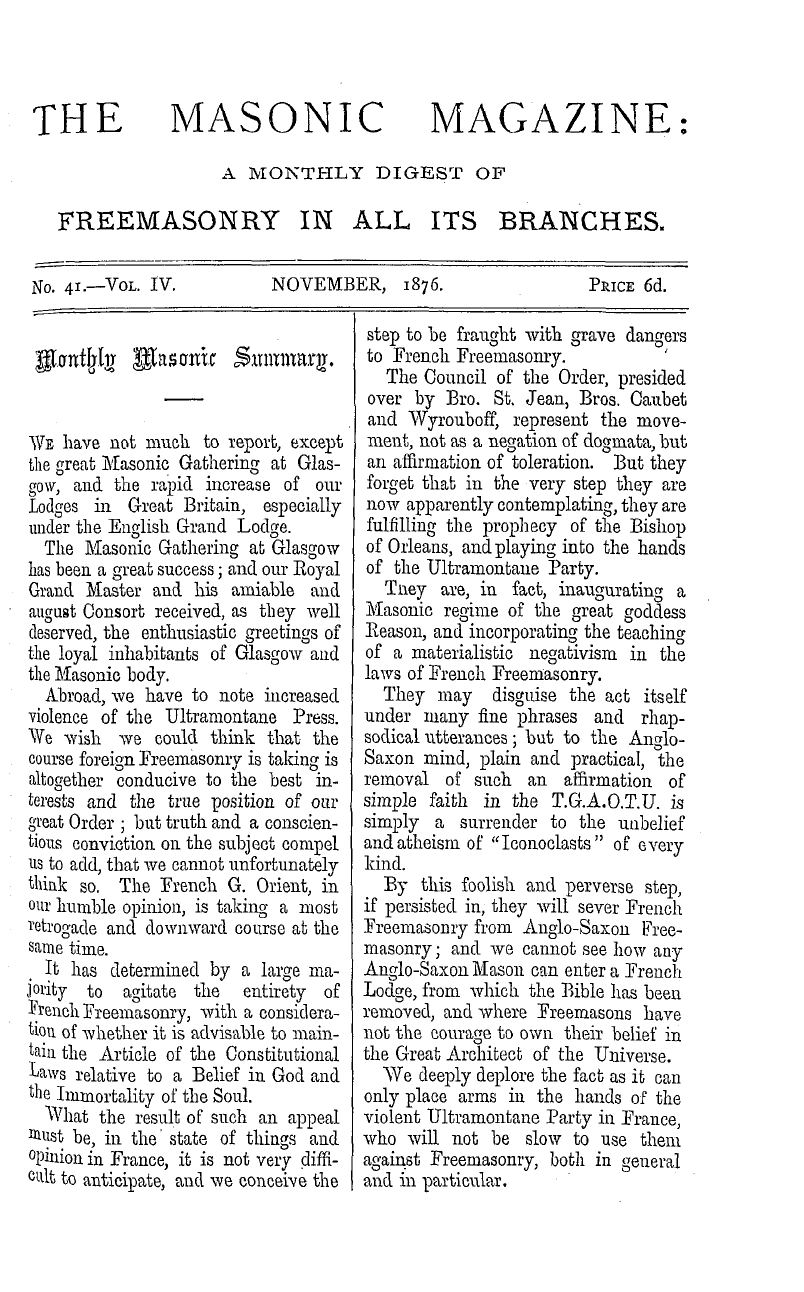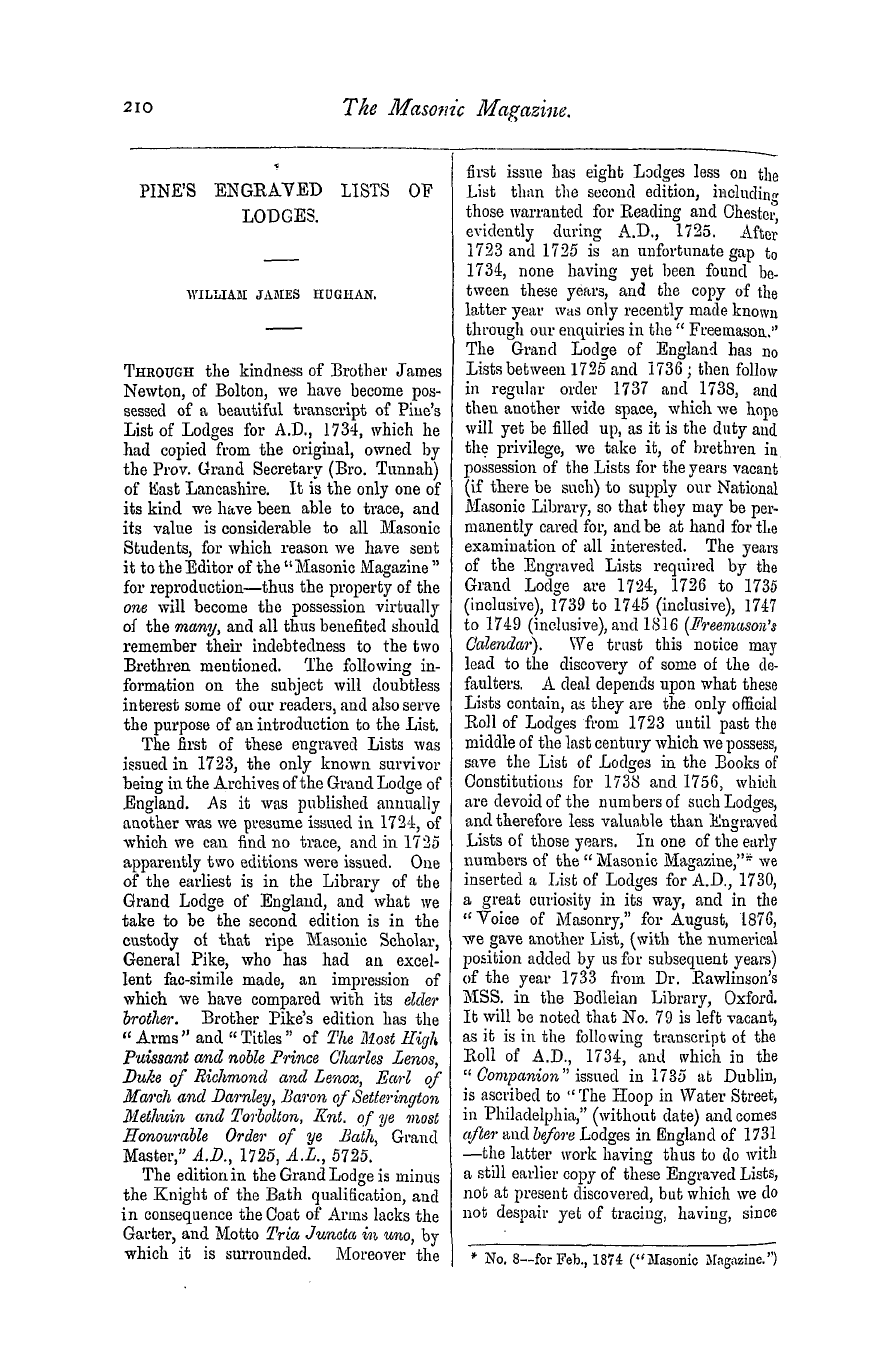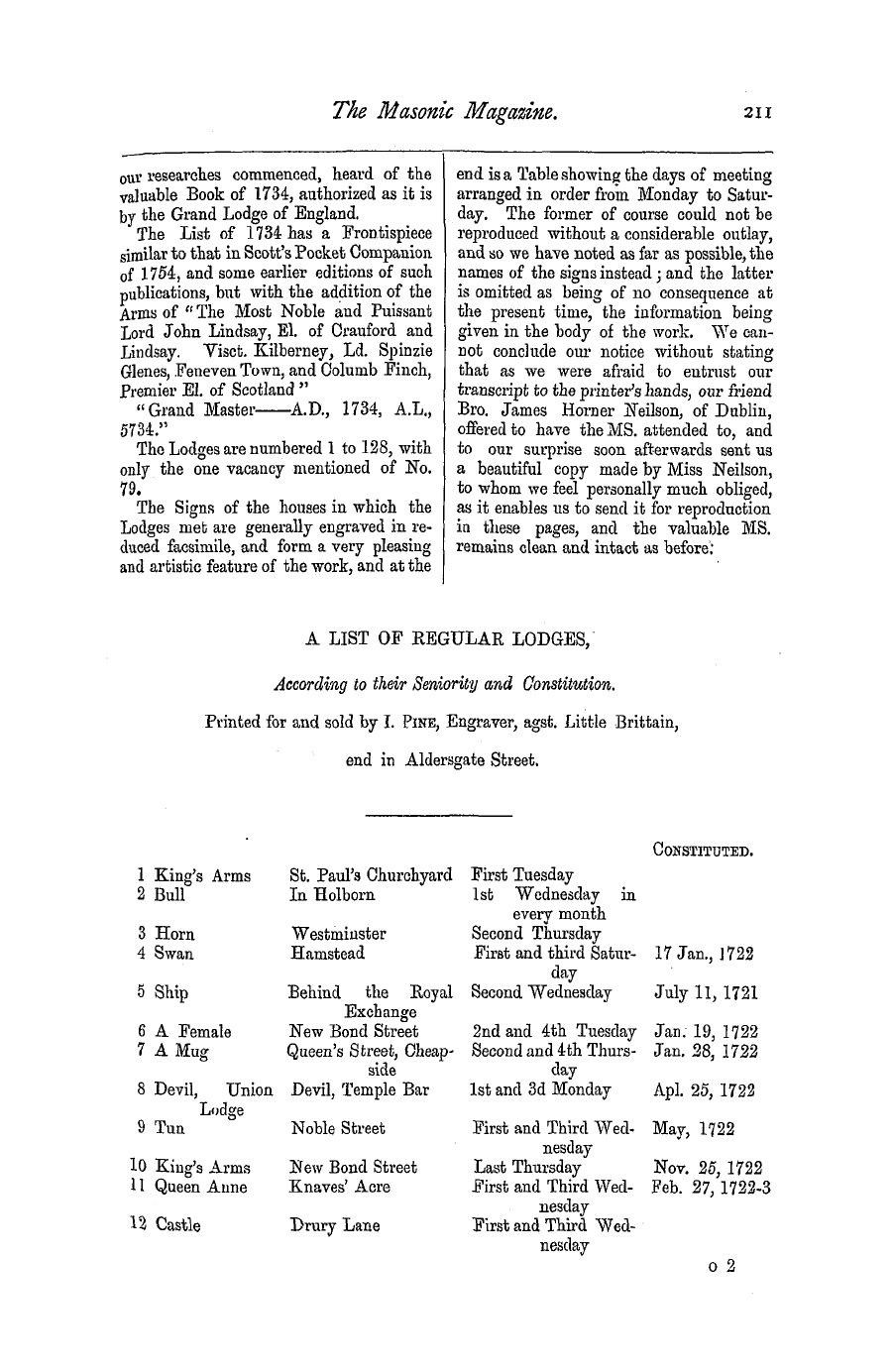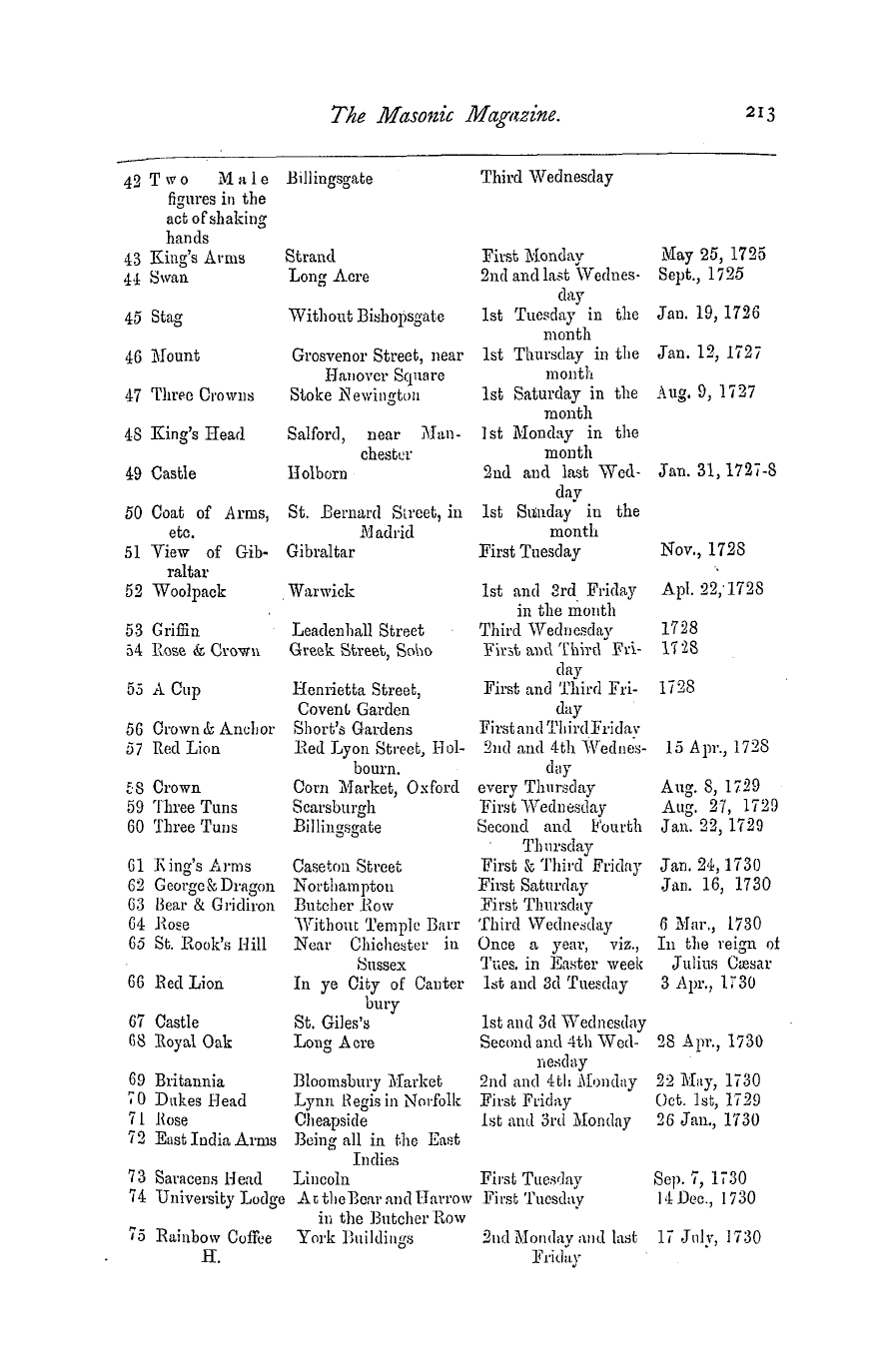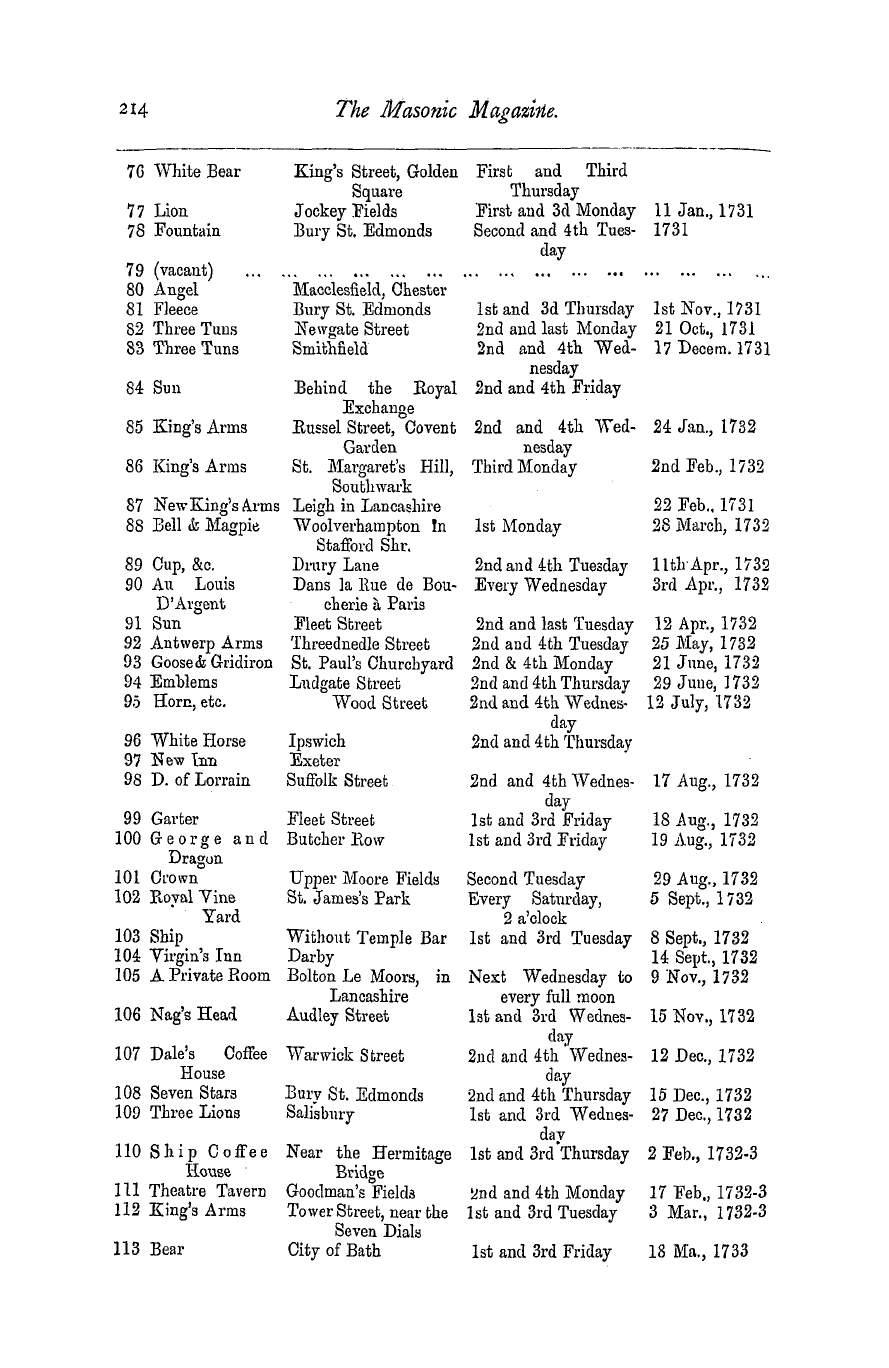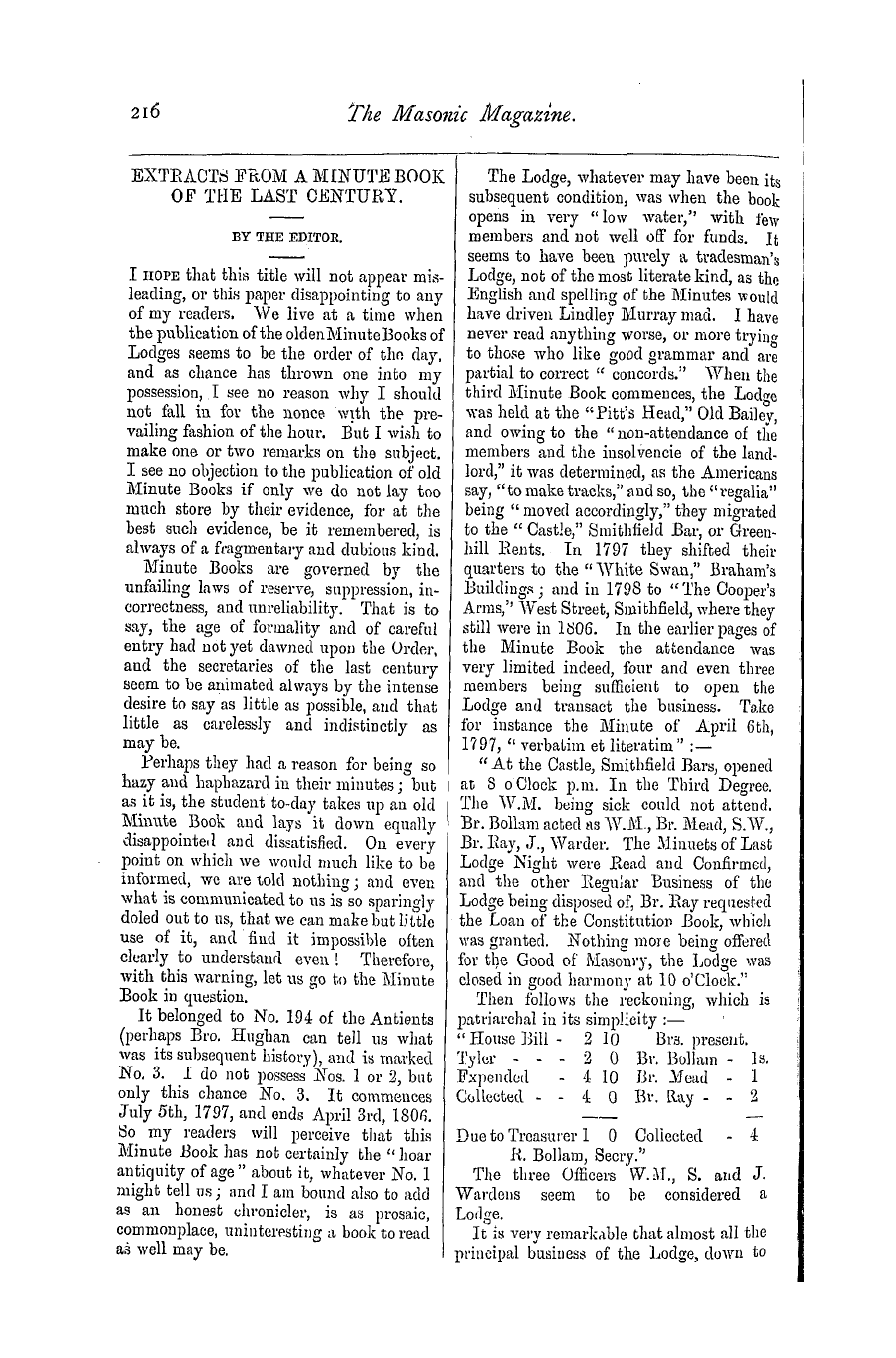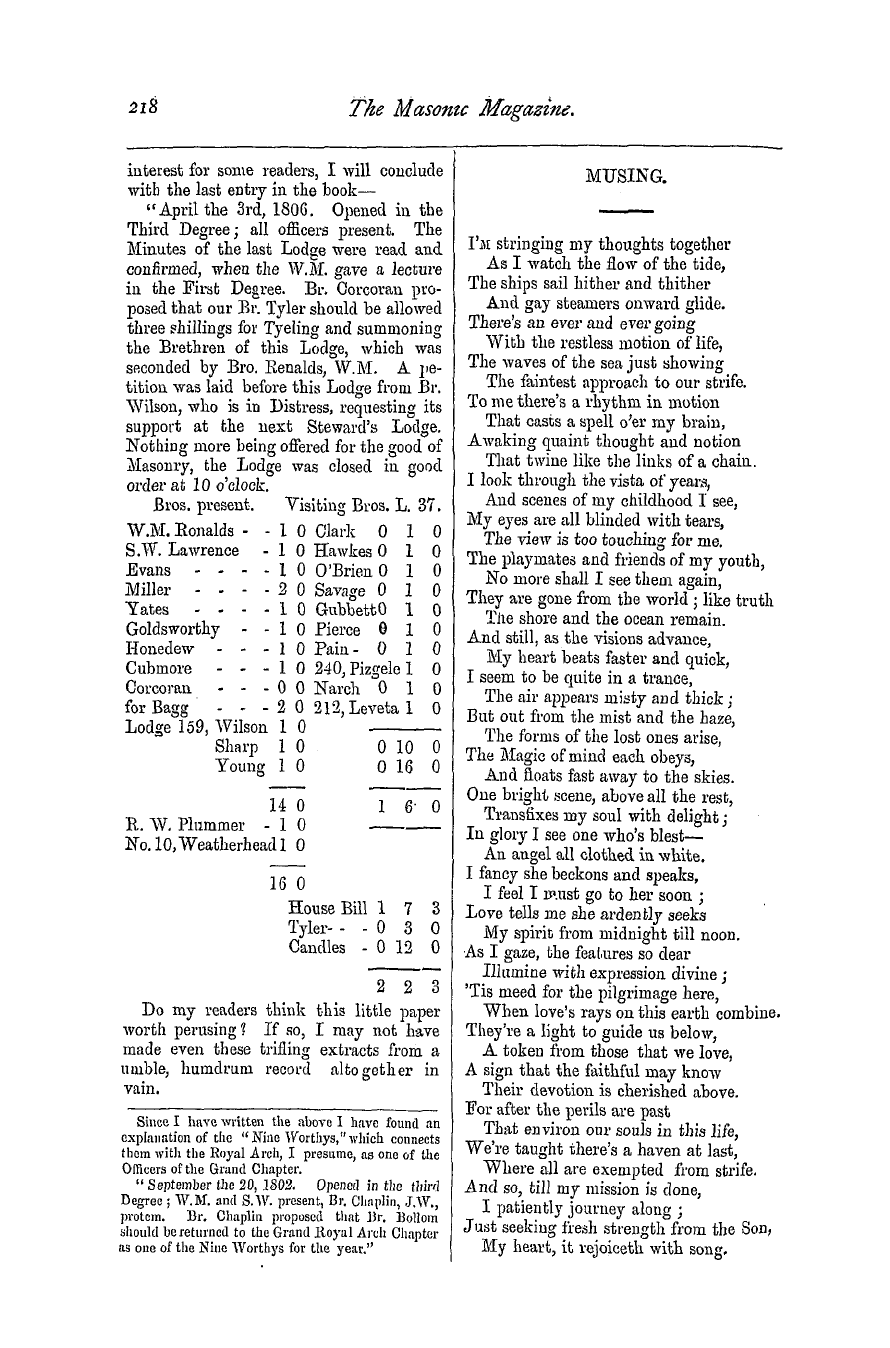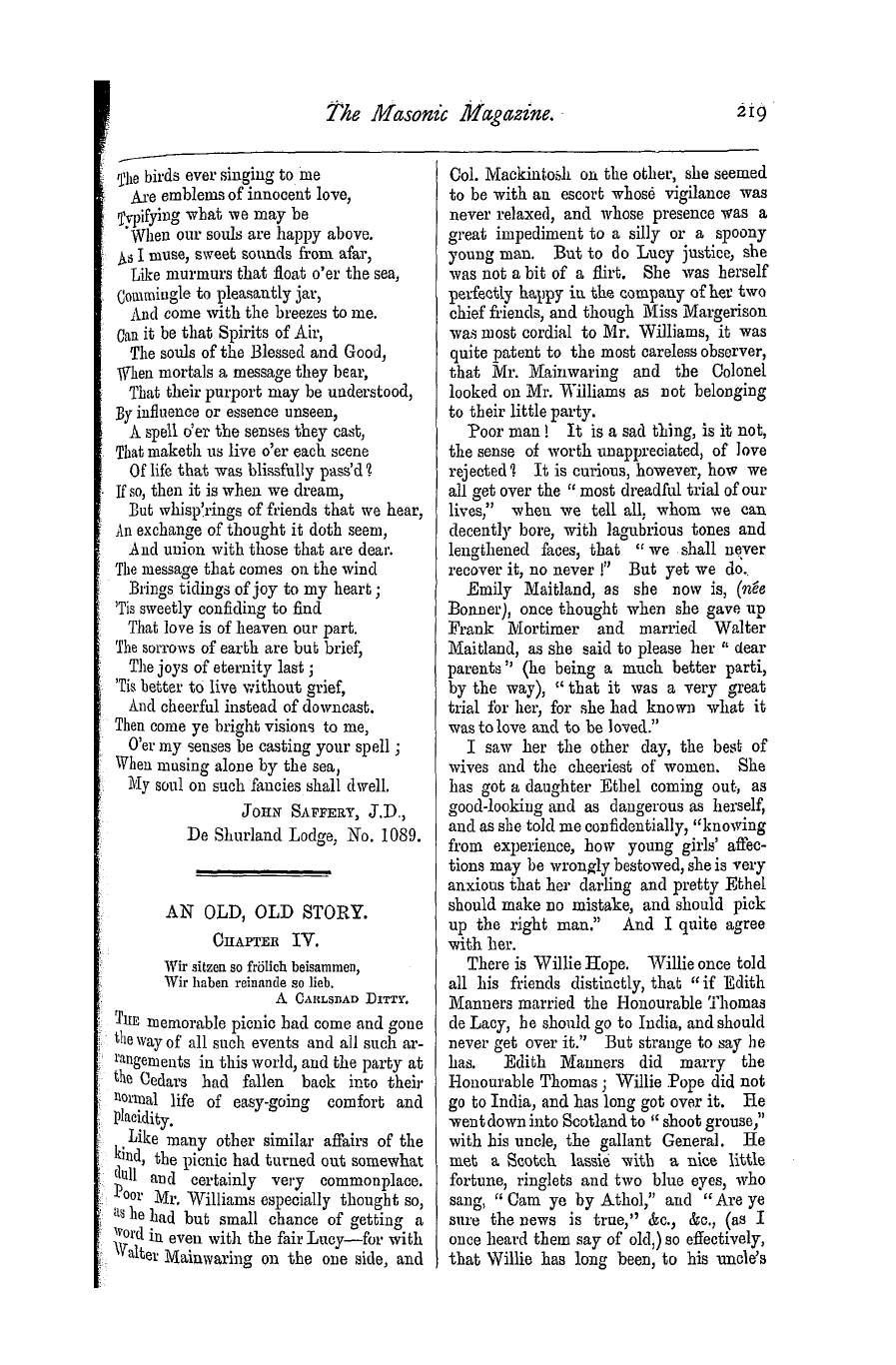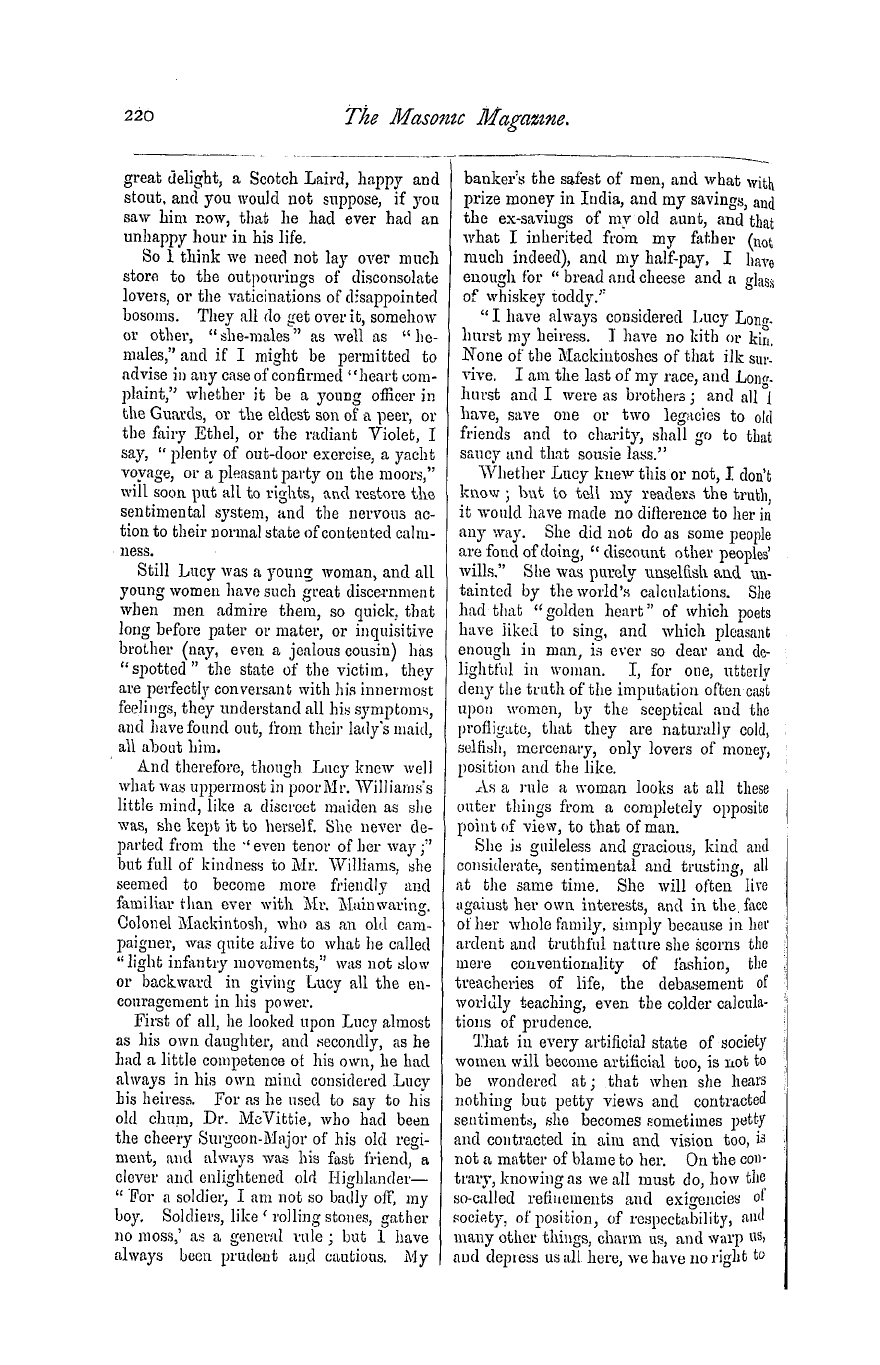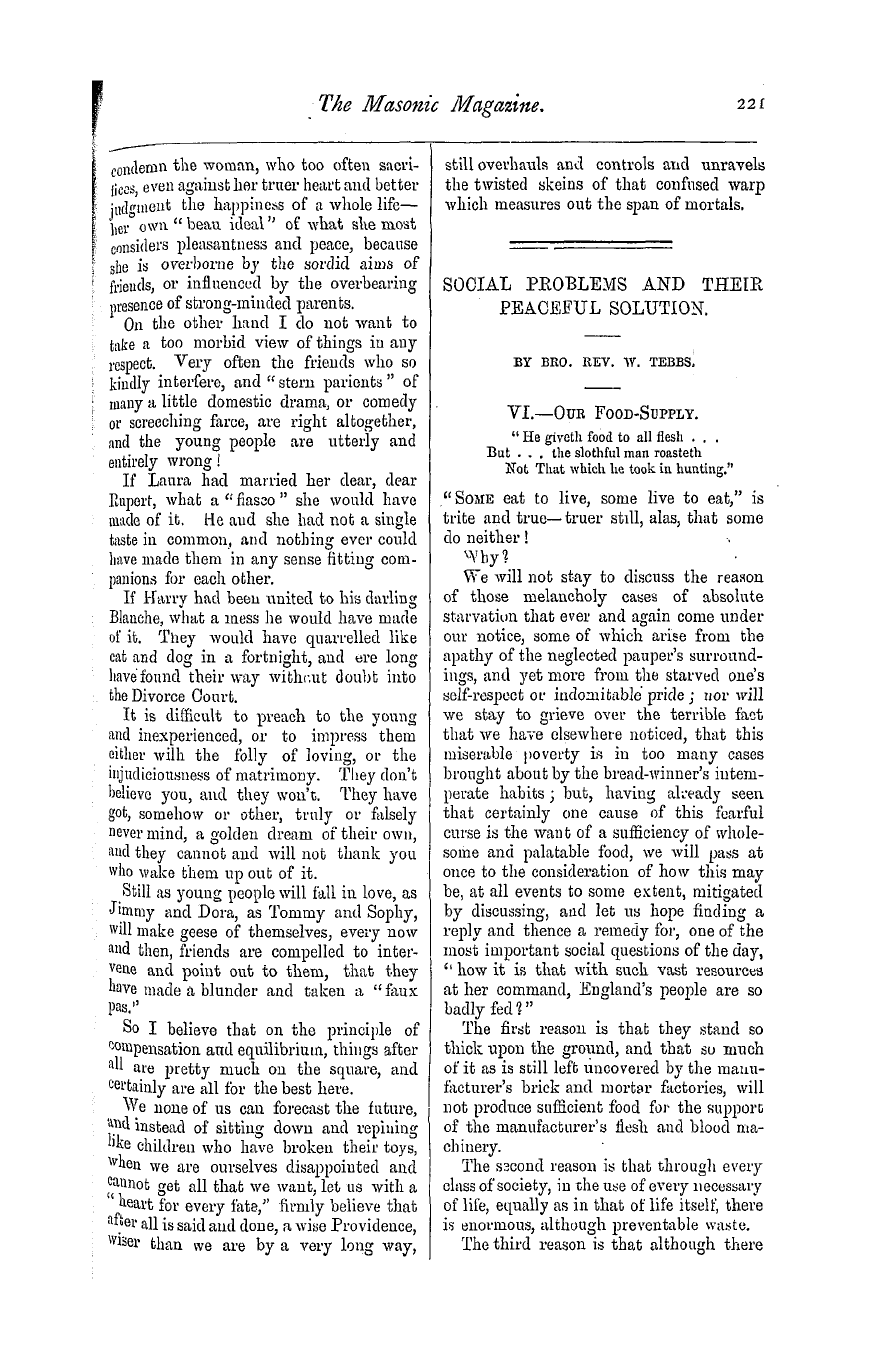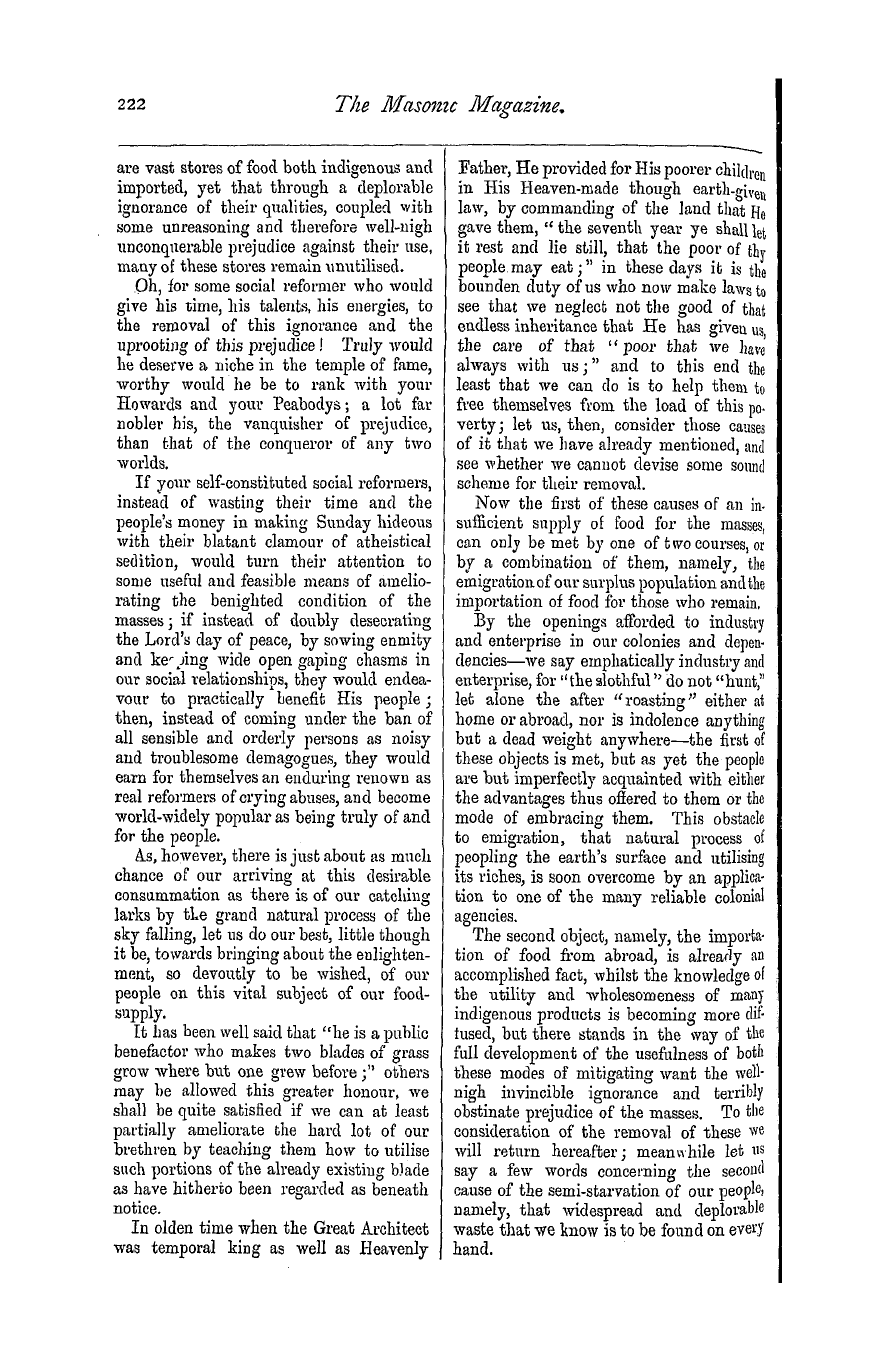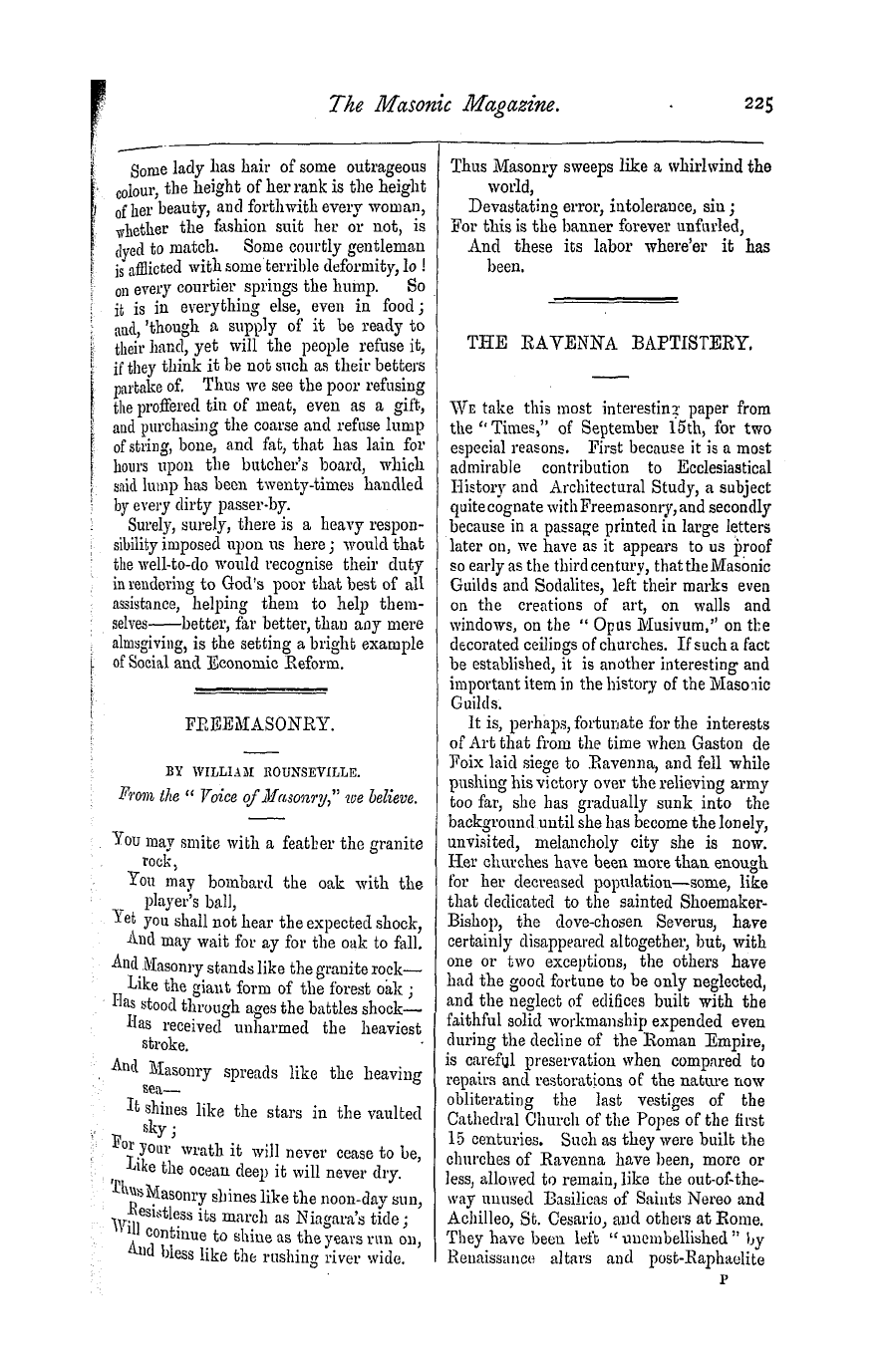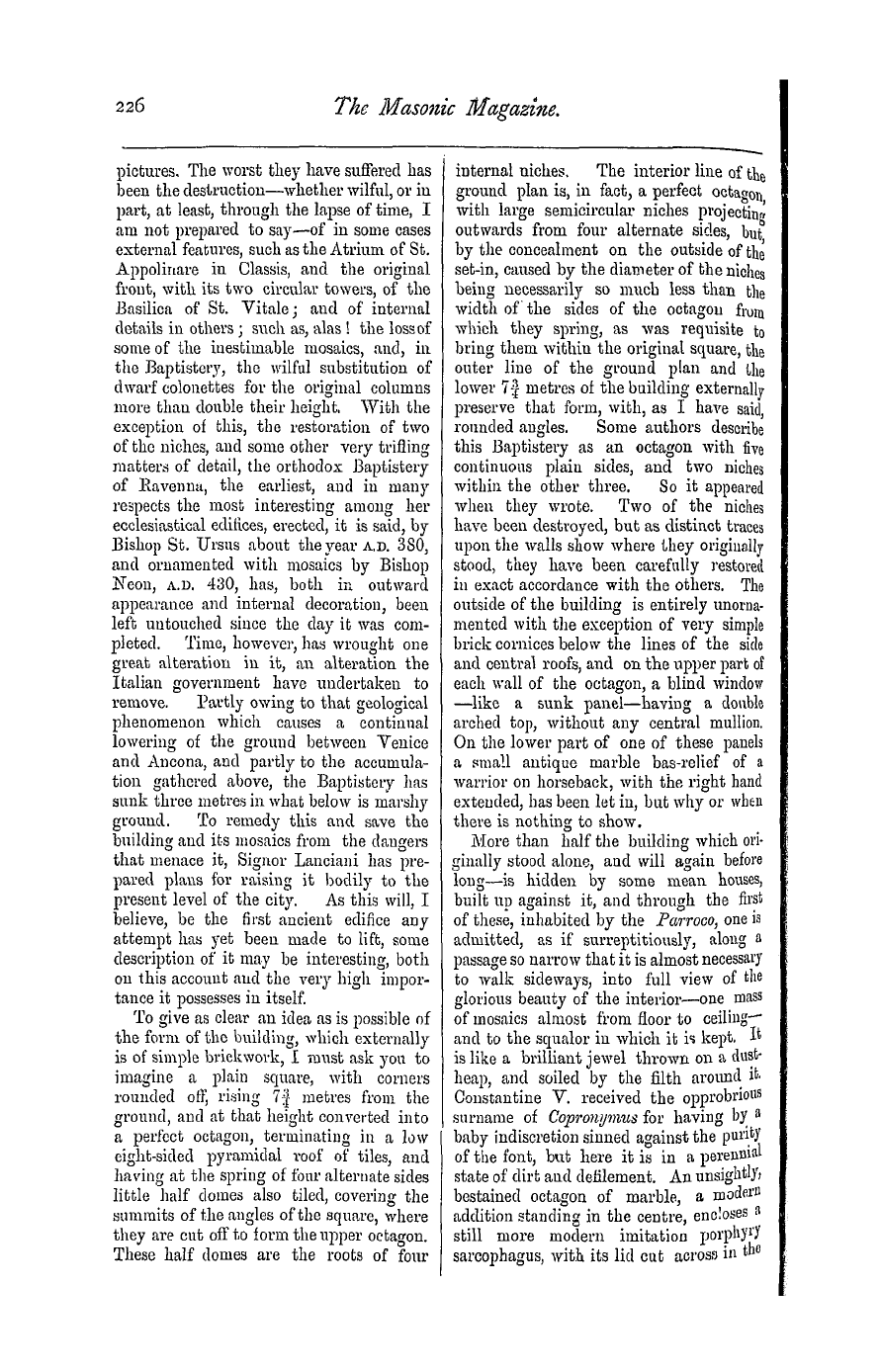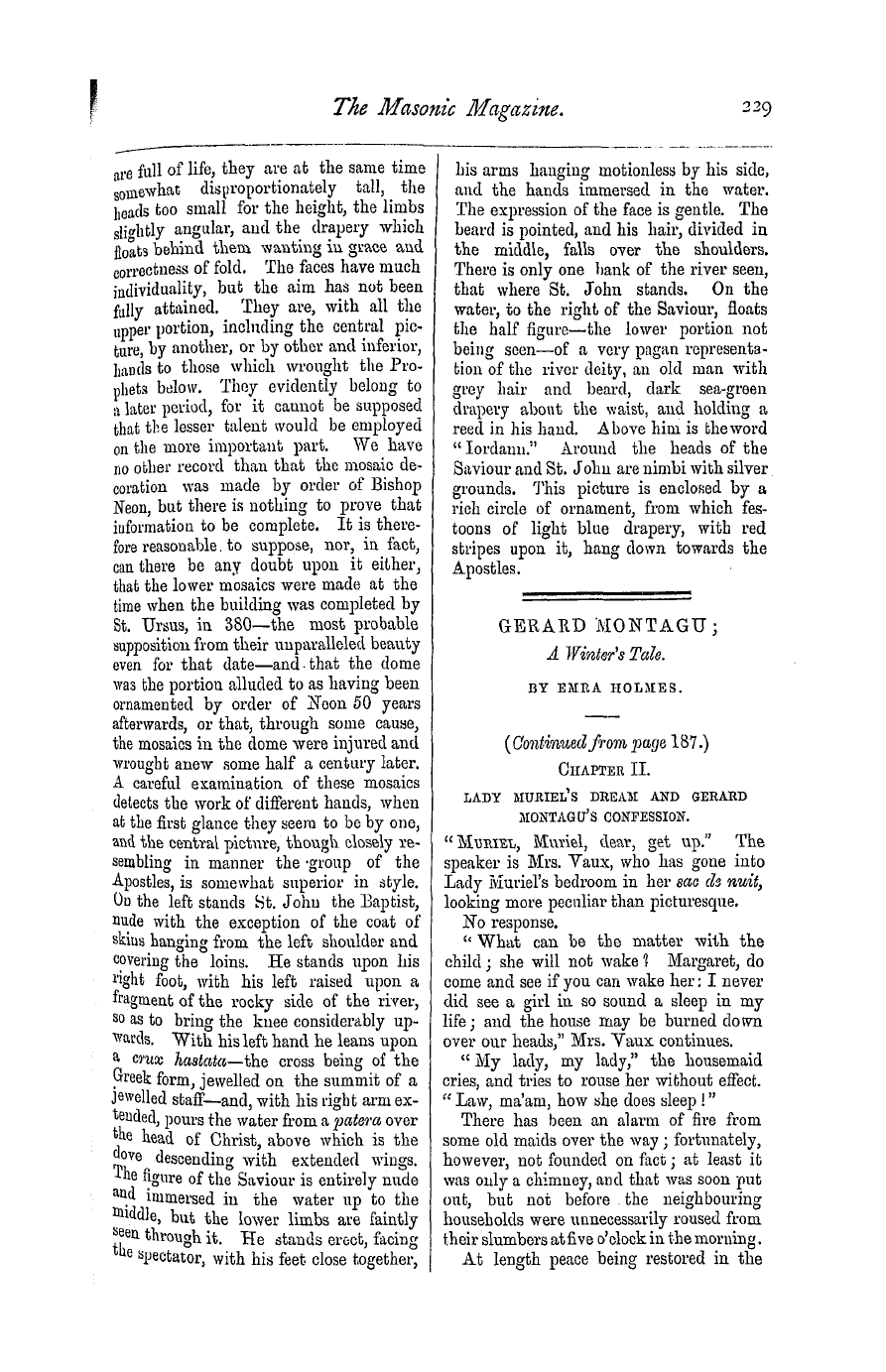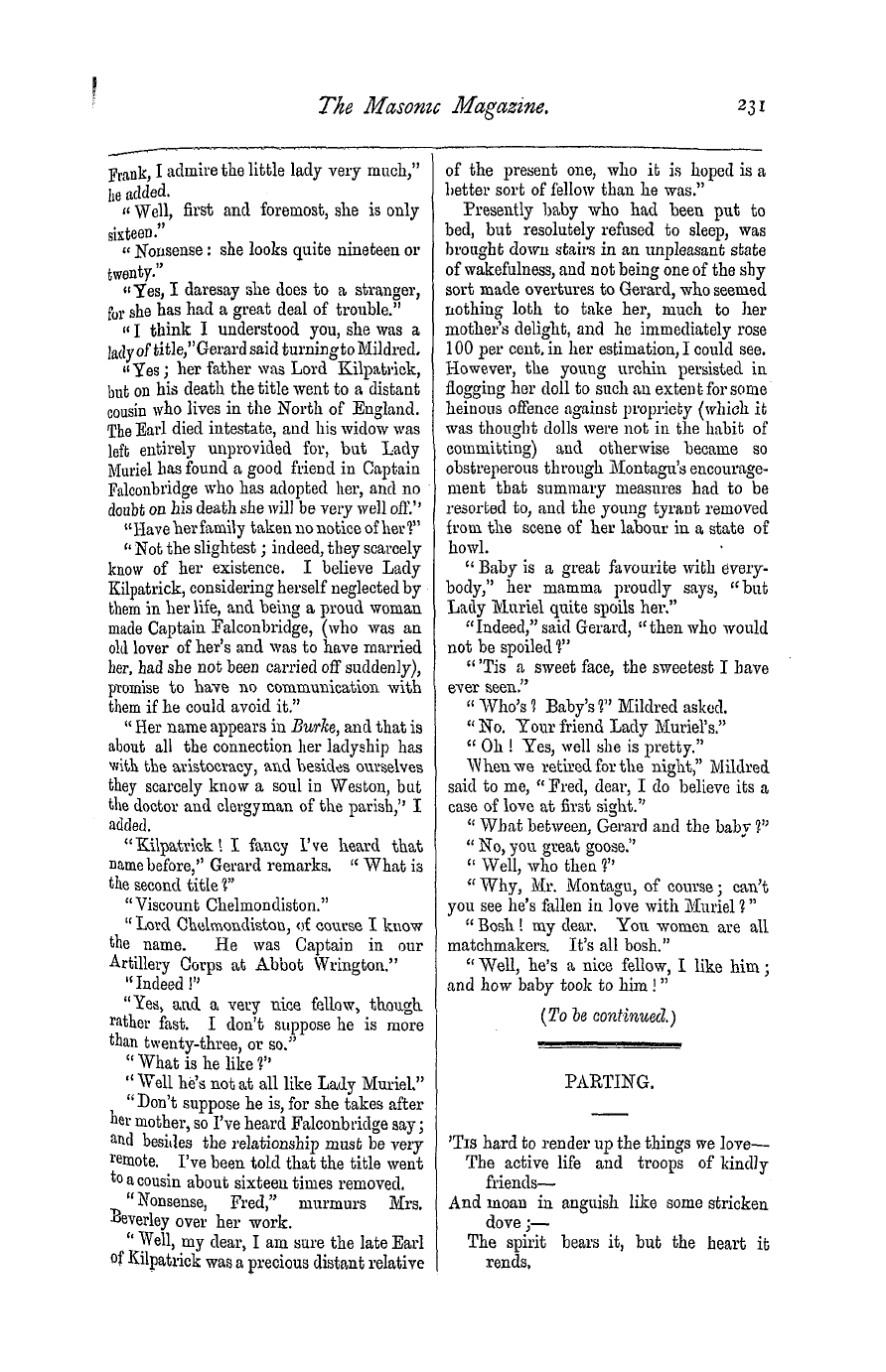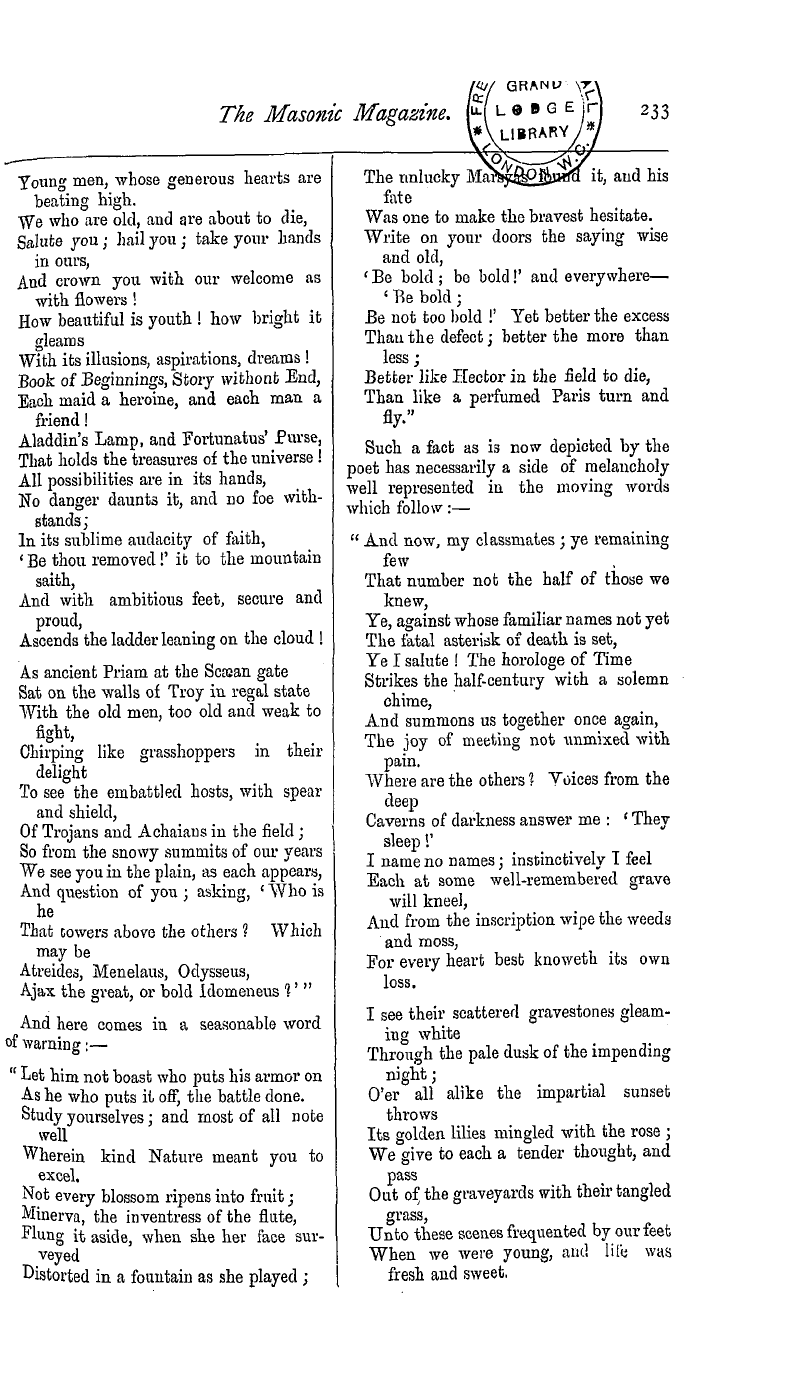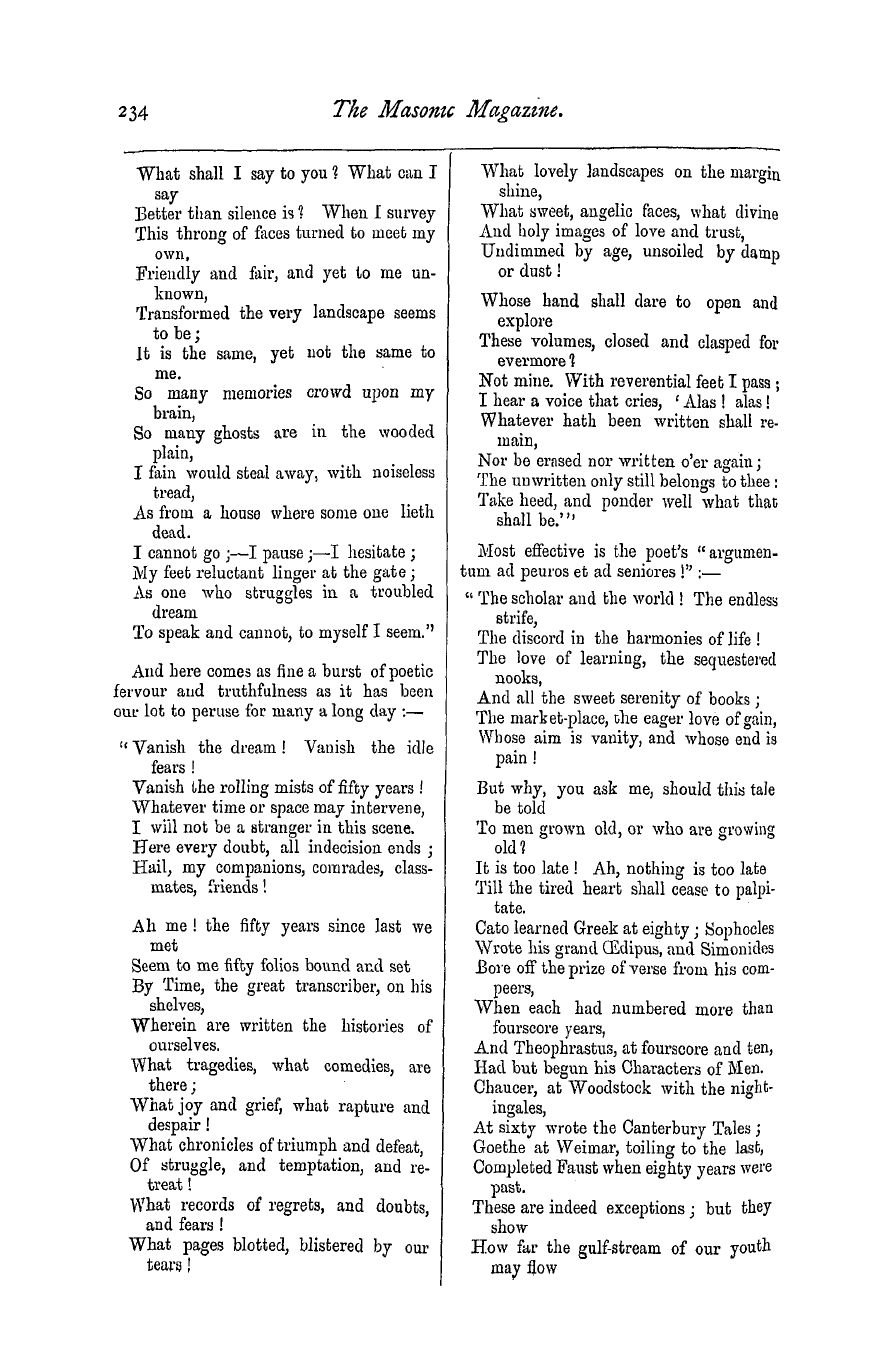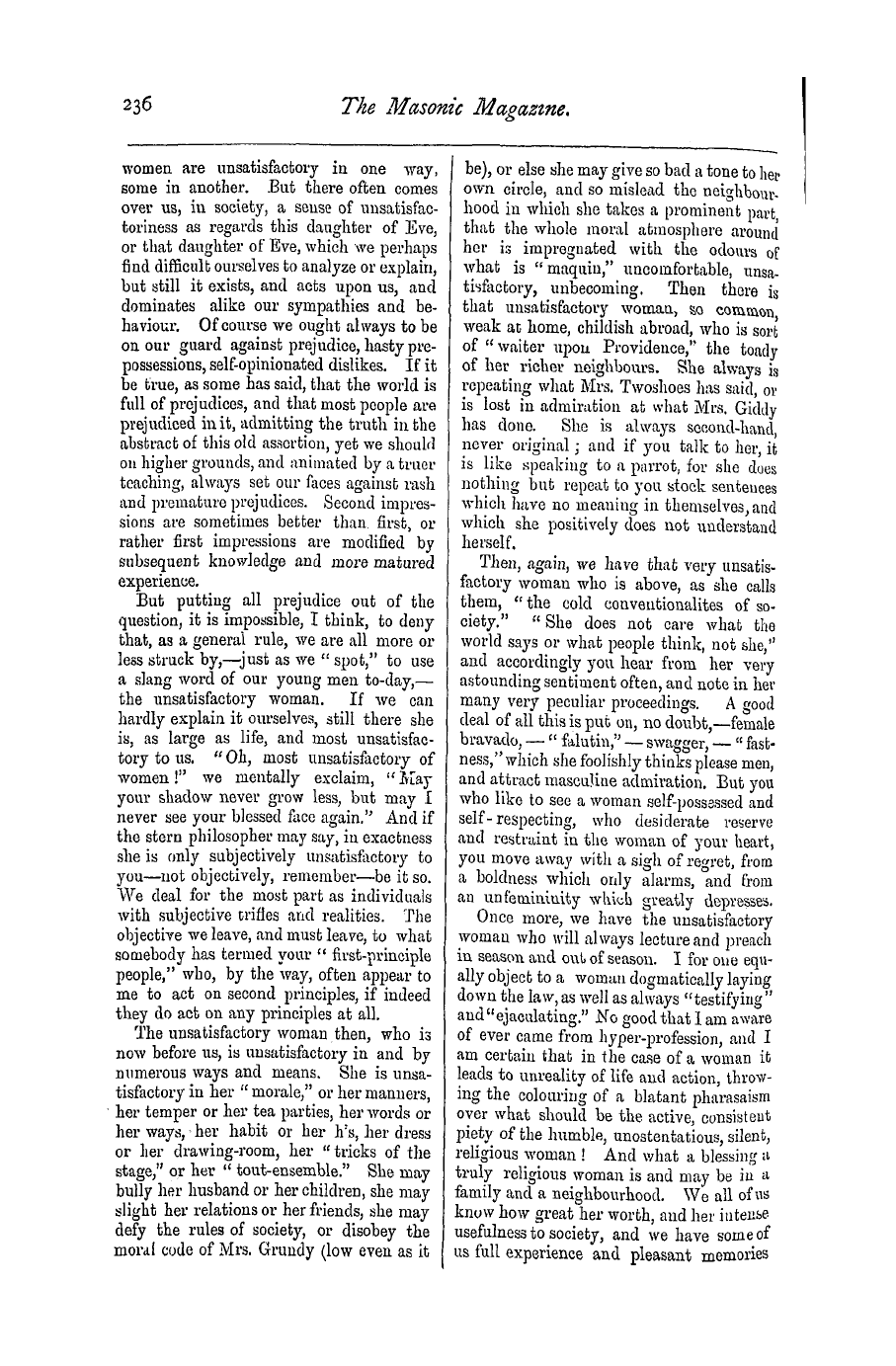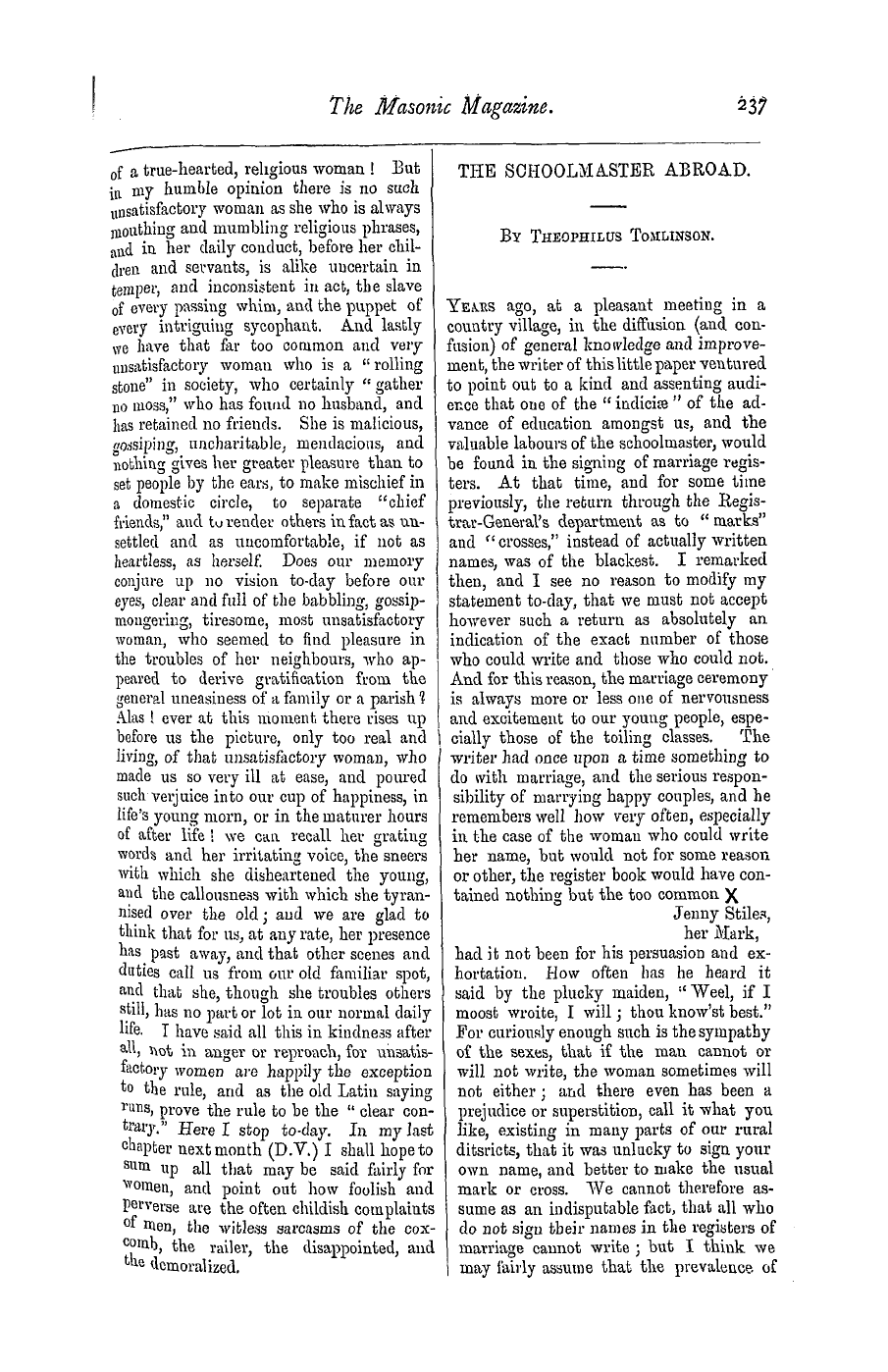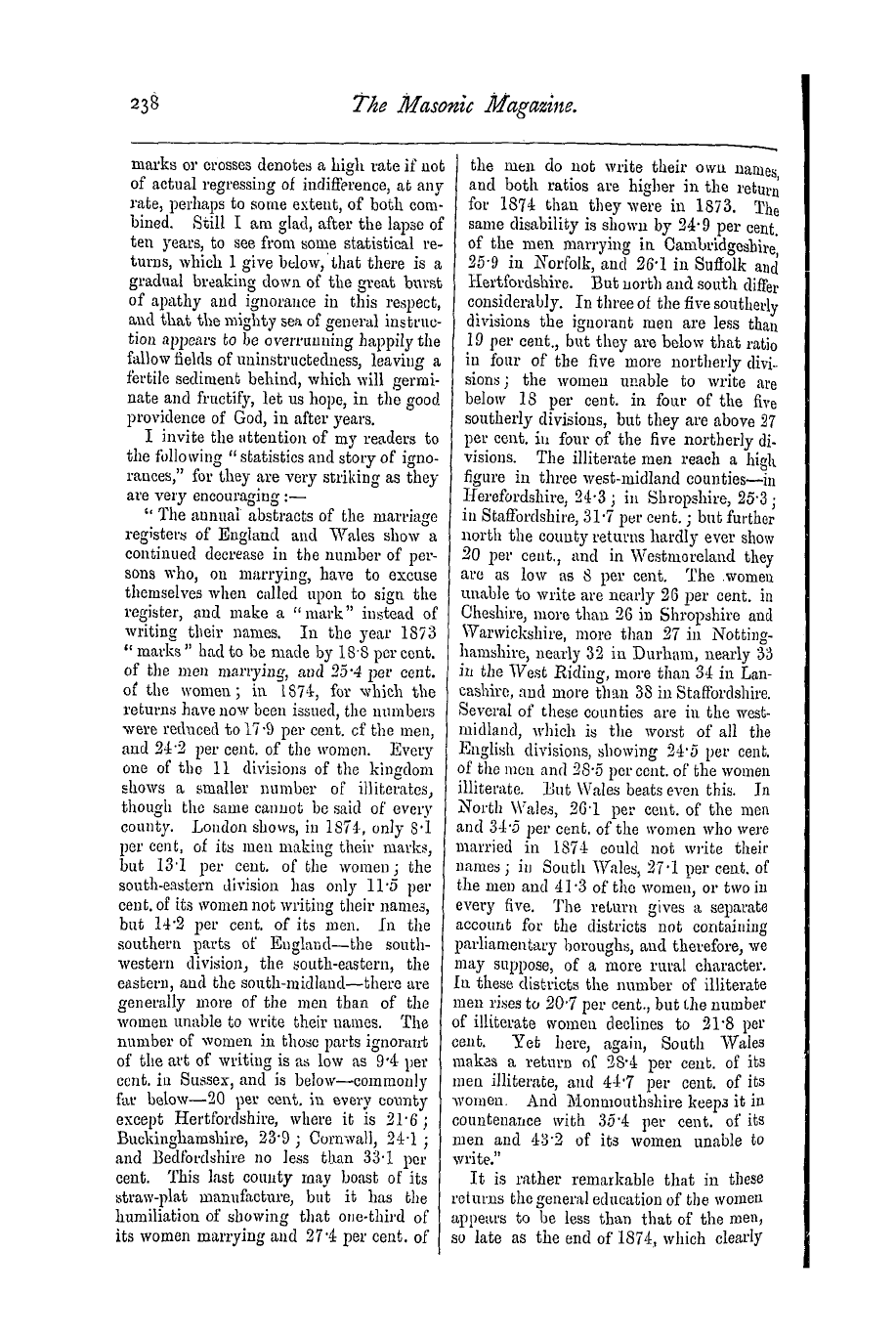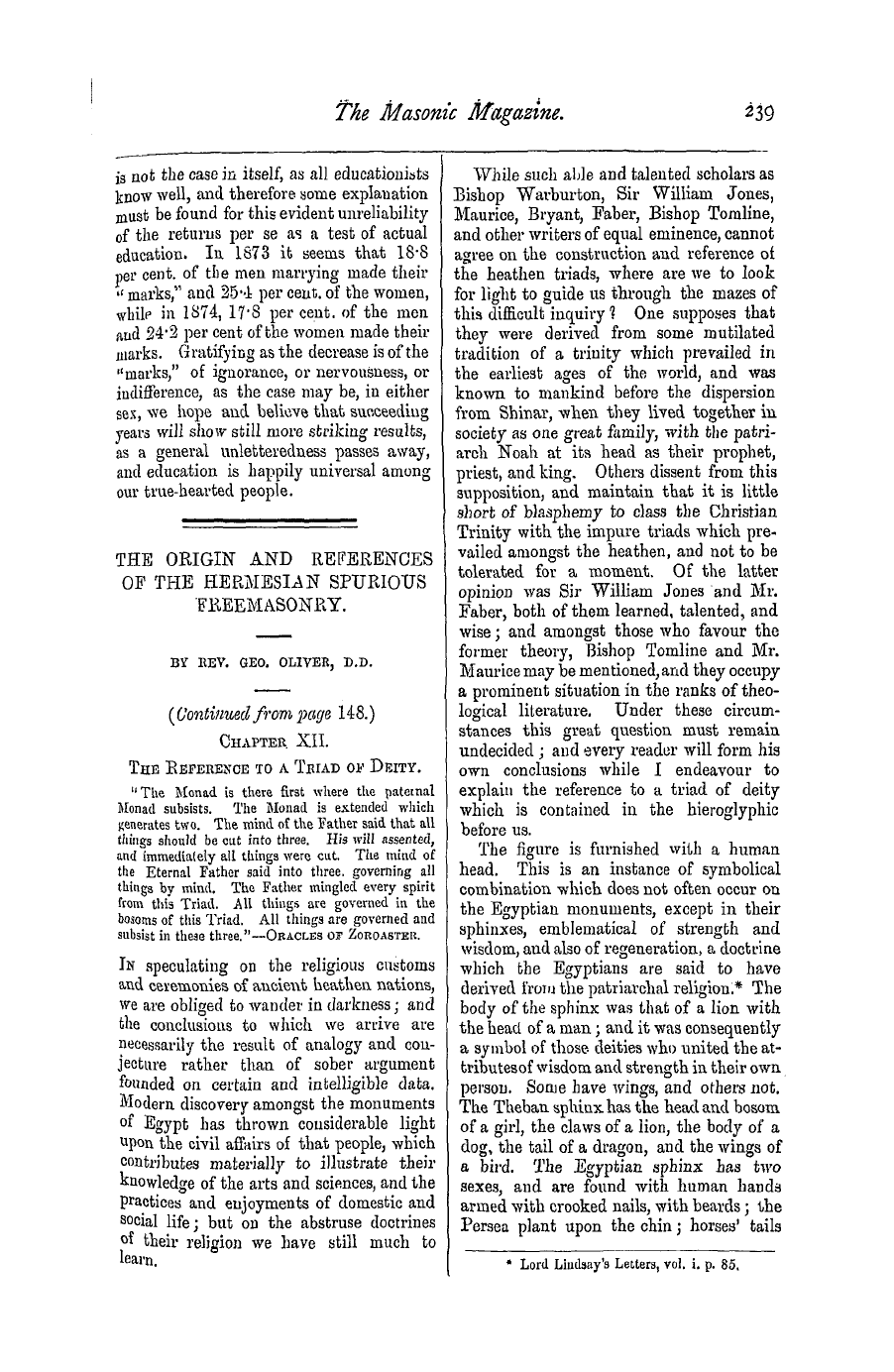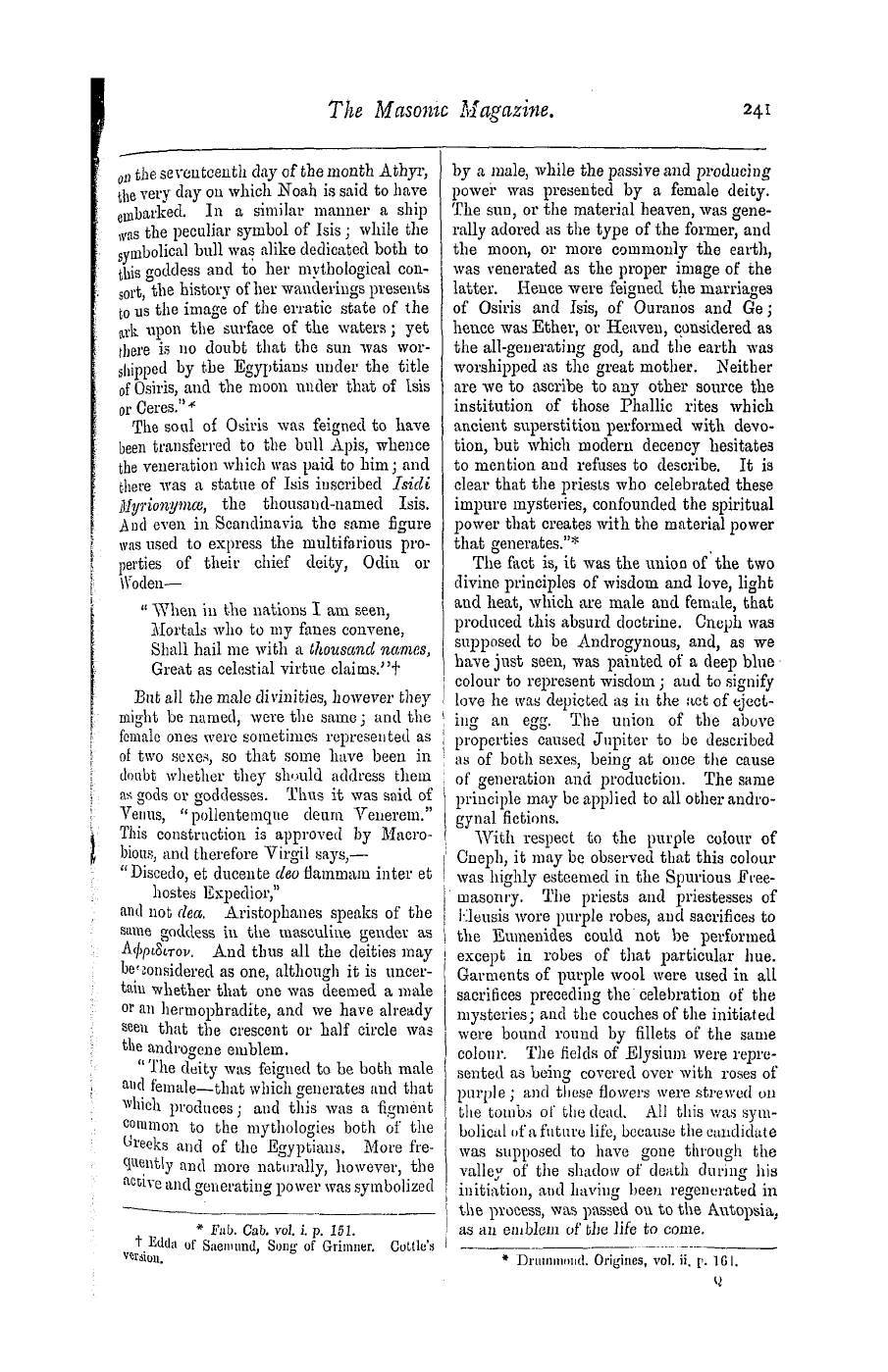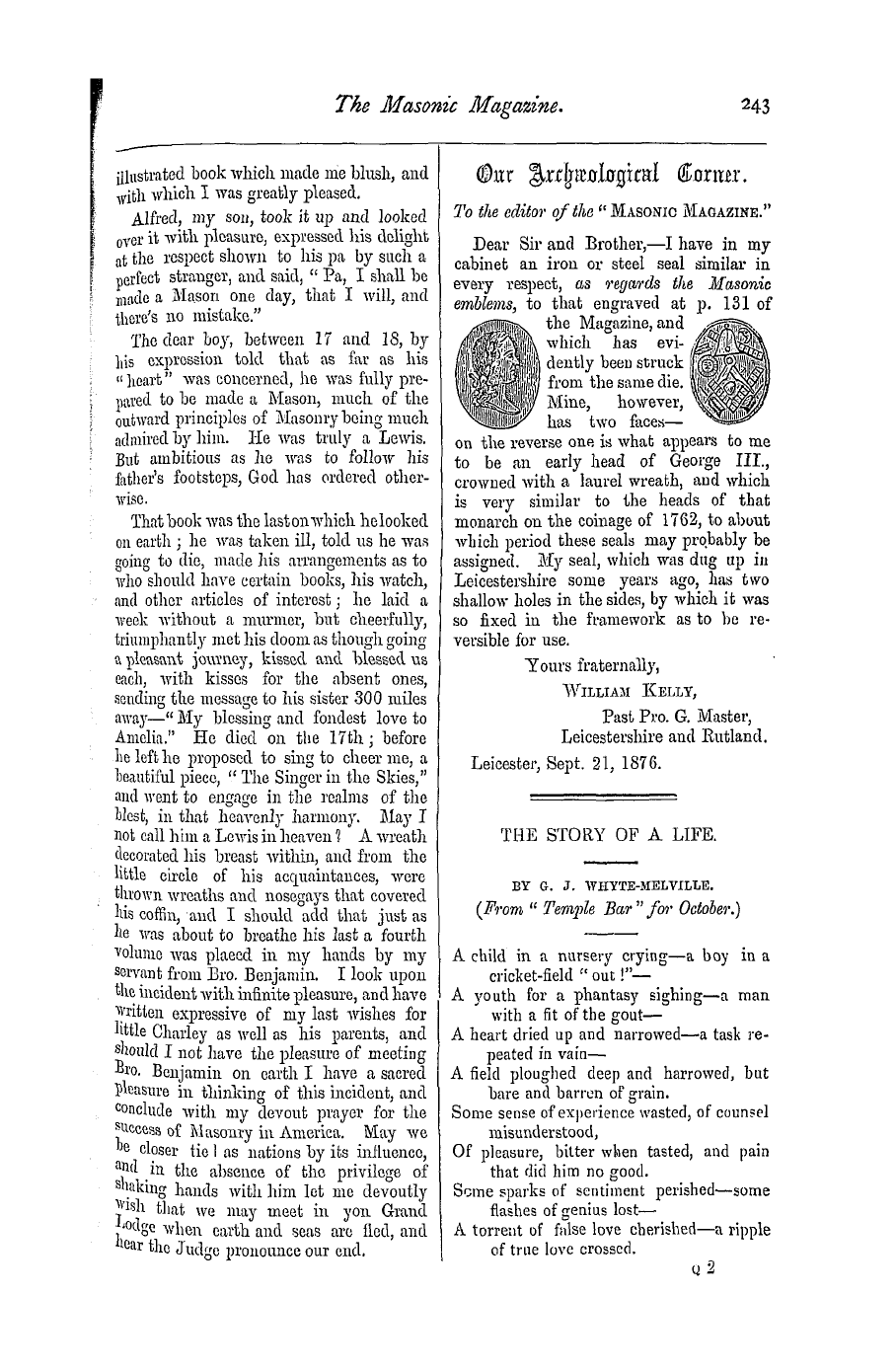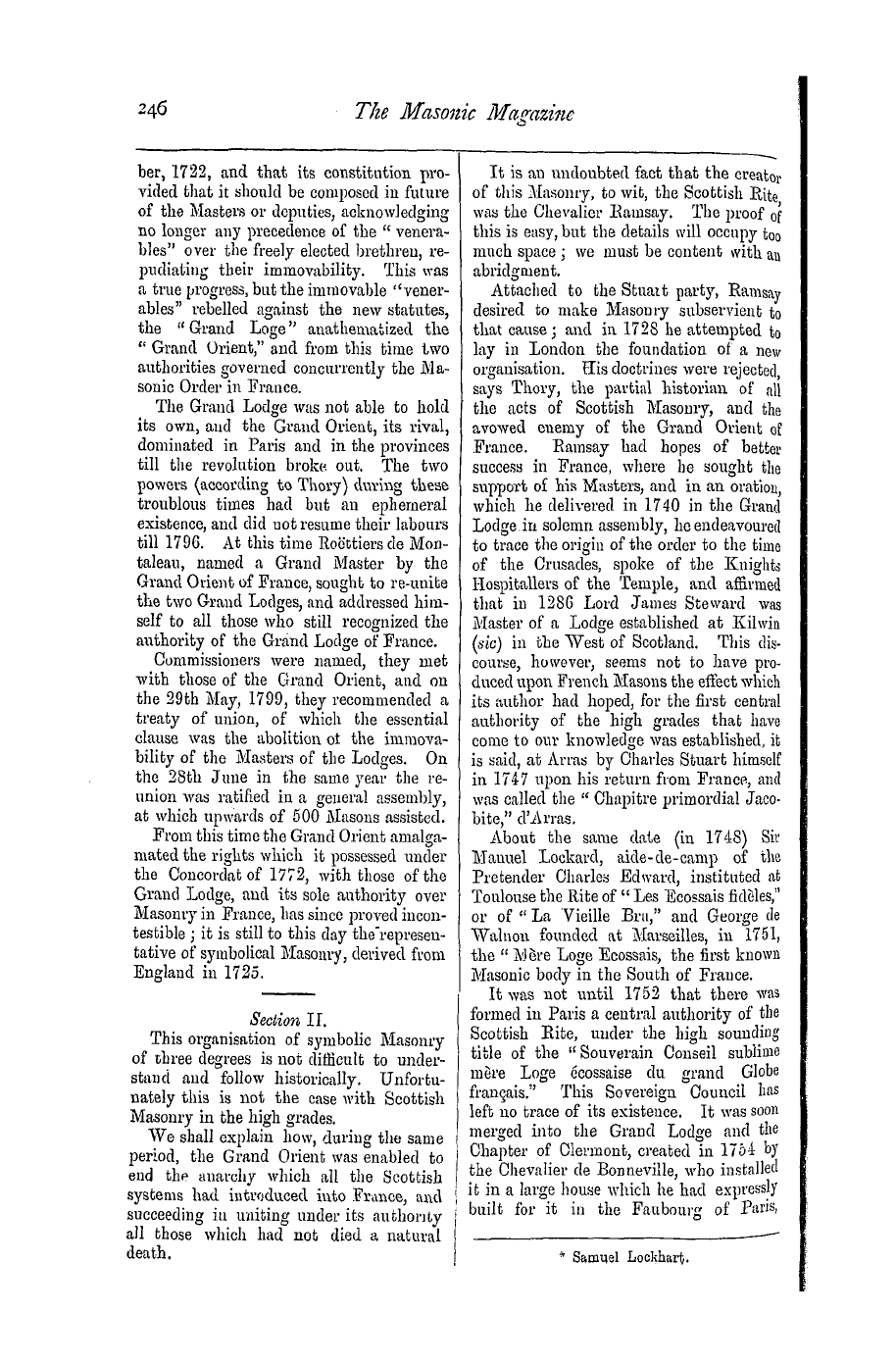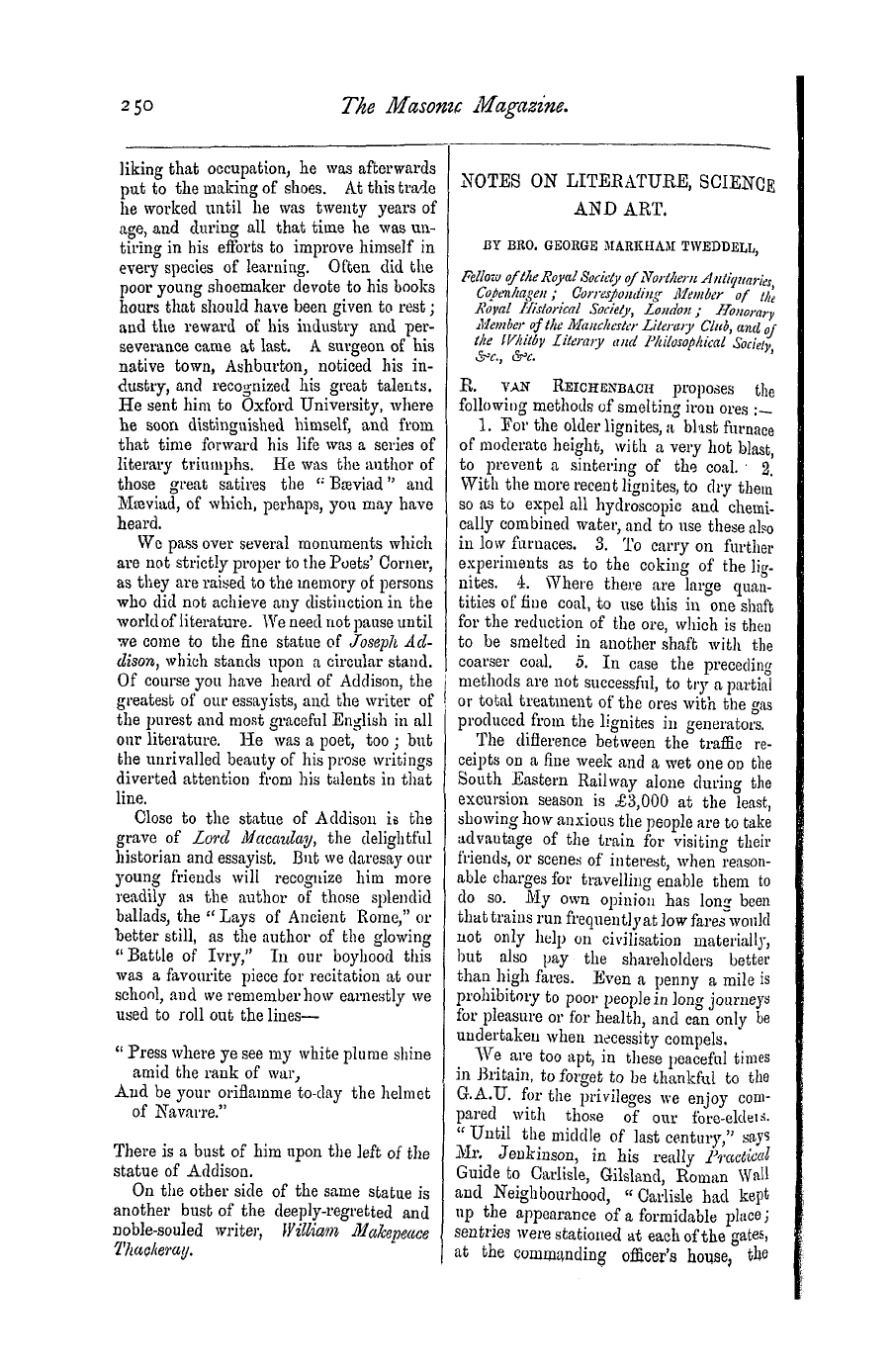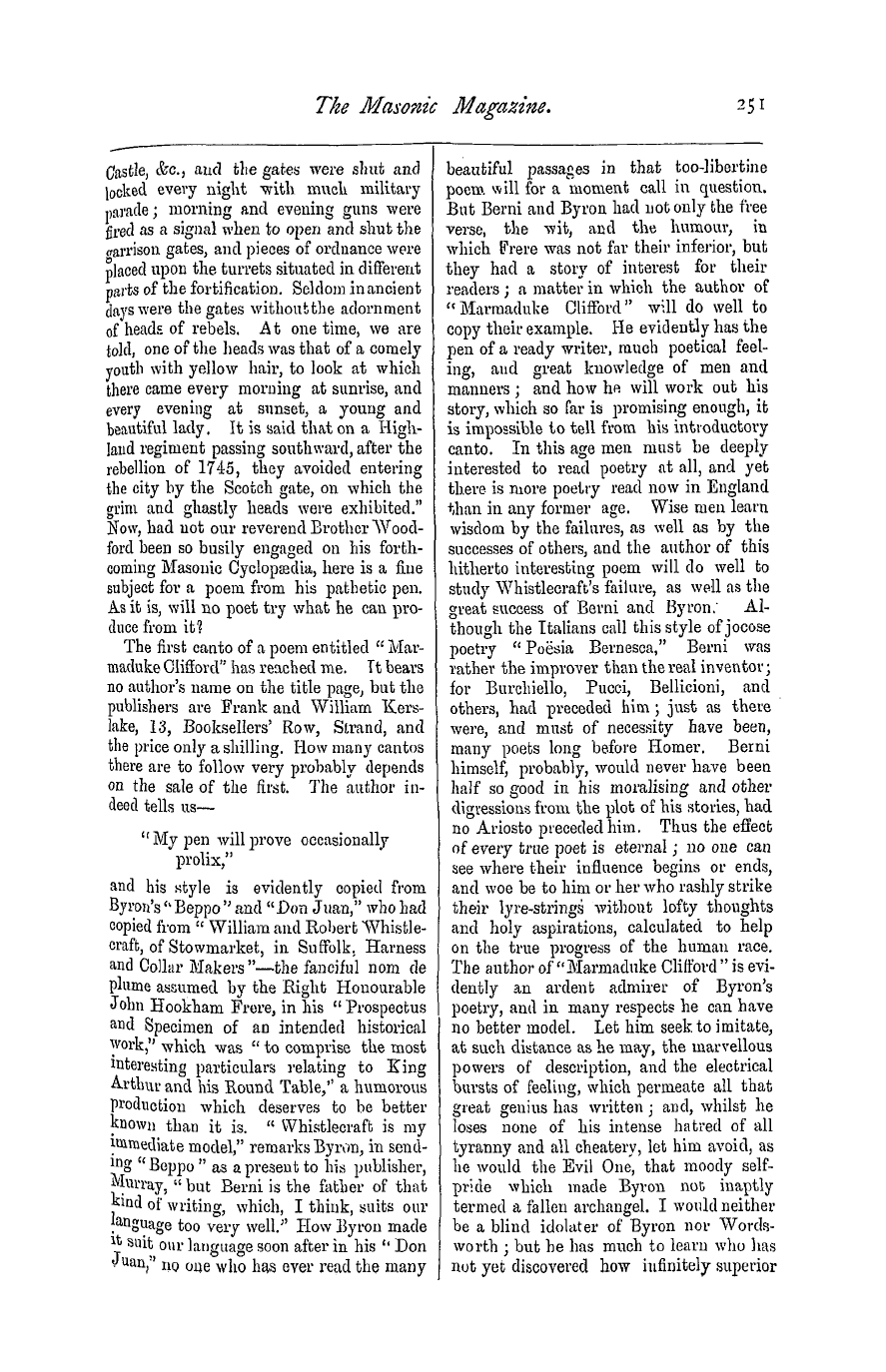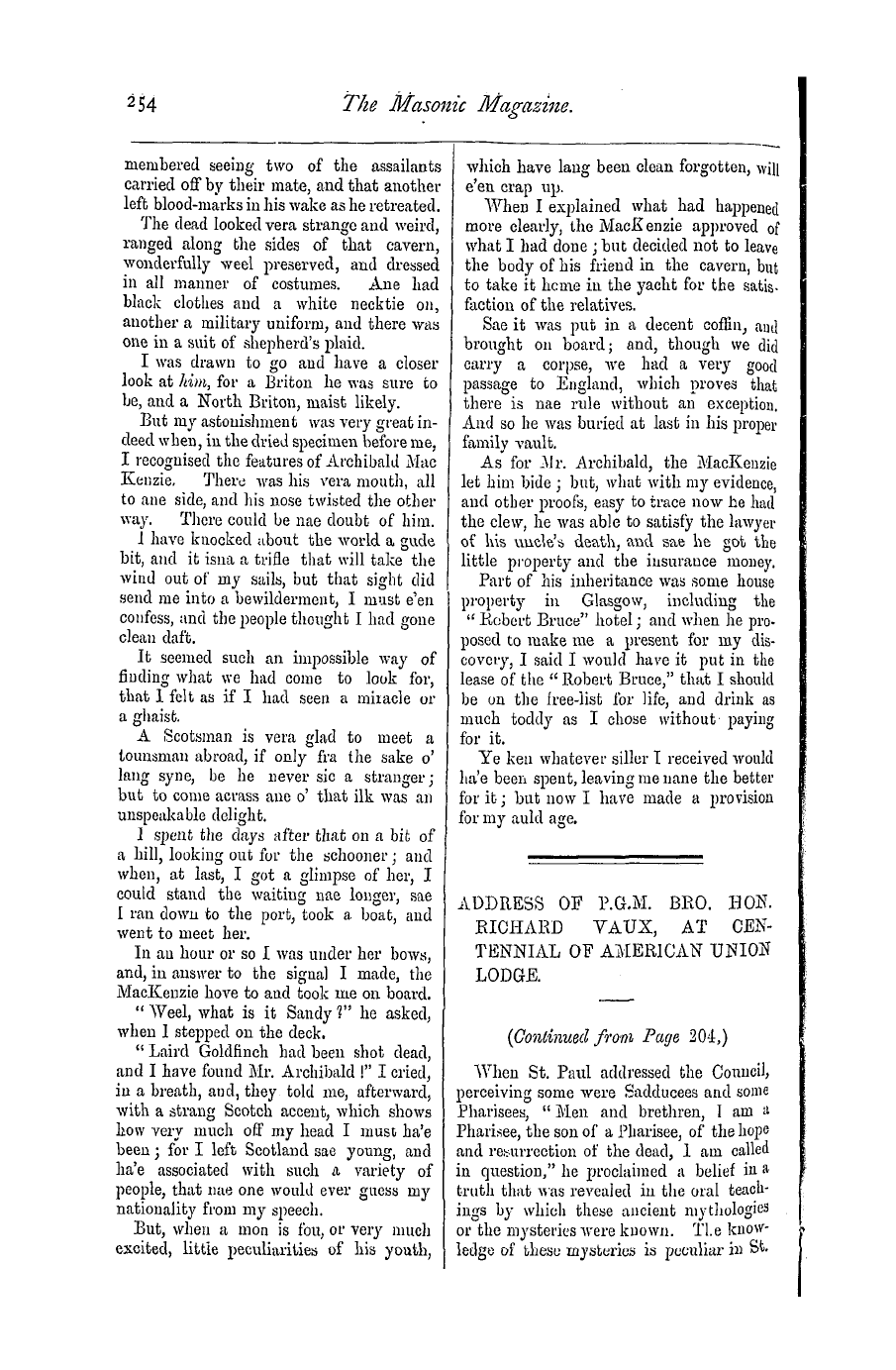-
Articles/Ads
Article FREEMASONRY IN FRANCE. ← Page 4 of 6 →
Note: This text has been automatically extracted via Optical Character Recognition (OCR) software.
Freemasonry In France.
called "La Nouvelle France . " In this Chapter , established on the Templar system , was founded the grade of Kadosh , created at Lyons , under the name of "Petit Slu" in 1743 . This grade , which was adop ted in all the Templar organisations
, was successfully developed and divided into " elu des neuf , " or " de Perignan , " elu des " quinze , " and "grand ela , " the different degrees being given up to the
19 th . The Chapter of Clermont had not a much longer existence , and on its debris was constituted , in 1758 , a new body of the Scottish Rite , which took the title of " Conseil des Empereurs d'Orient et d'Occideut . " This Council has playedan important
role in French Freemasonry ; it is certain that it is the source and origin of the Ancient and Accepted Scottish Rite , and therefore deserves particular mention . Following the customs of their predecessors , the founders of the new Council
created a new rite , which was called "Rite de Perfection ou d'Heredom de Kilwinning ou de Prince de royal Secret . " It was divided into 25 degrees , of which the Knight Kadosh was the 24 th , and the Prince of the Royal Secret the 25 th and last .
It is difficult [ says the author of the report ] to find at the present day either the village of Kilwinning [?] or the Mount of Heredom , although the names still remain ; hut it is easy to prove that this Council has never been without the pale of the great
French Masonic family , that it acknowled ged as its Grand Master the Count de Clermont , and that when the Due de Chatres succeeded the former , he took the title of Grand Master of all the regular Lod ges in France , and of Sovereign Council ° f the Emperors of the East aud Most Sublime Grand Mother Lodge of Scottish Rite .
No account of his installation , which "ears the date April 5 , 1772 , appears in fche philosophical history of Kauffmann and . Cherpin , and in Besuchet , who gives Jt iu its entirety . The charter granted in 1761 to Bro
. Stephen Morin , on his departure to Saint Domingo , and b y which was granted to fll m power to spread the order of Freemasons , and which constituted him Grand "spector , bears names which dispel every
doubt on this point . It commences thus : "A . - . L . - . G . \ D . - . G . \ A . \ D . - . L'TJ . et sous le bon plaisir de S . A . S . le T . M . F . Louis de Bourbon , Comte de Clermont , prince du sang , Grand Maitre etprotecteur de toutes les Loges ; elle est accordee sur la demande du F . \ Lacorne , substitut du
T . M . G . M . et signee par le F . \ Chaillou de Jonville , substitut general de l'Ordre , du Prince de Rohan , de Lacorne , de Lachaussee et de tous les officiers dignitaires de la Grand Loge de France ce qui indique bien qu ' un seule et meme autorite dirigeait
h la fois le Rite symbolique aux trois grades et le Rite de perfection aux 25 degres . " Some authors , on the faith of a statement without proof , have declared that the Rite of Perfection had also been
practised at Bordeaux , and that it was there the delegates from Paris repaired on the 20 th September , 1762 , to send forth the famous regulations which form the basis of the Scottish Rite . In every case the Commissioners would have been delegates
from the Council of Paris , and the regulations should have been adopted by the central authority ; but it is certain that there never existed at Bordeaux a
Consistory of Sublime Princes of the Royal Secret ; that there was nothing to compel nine Commissioners to come from Paris ( the practice of Masonry being free ) to conceal themselves at Bordeaux , and there make regulations which nothing could
prevent them doing elsewhere ; and further , that in 1762 the regulations were not ready for transmission to Bro . De Grasse Tilley , " Grand Inspector of all the Lodges in the two Hemispheres . " What is true isthat in 1762 the
Sove-, reign Council was in a sufficiently flourishing state that Bro . Pirlet , tailor , as the head of the " Conseil des Chevaliers d'Orient , in which was practised a rite free from the restraints of the Templar grades , made overtures for an amalgamation .
But there , where one Council might have prospered , two Councils necessarily fell into decay , and , on the advice of Thory himself , it ended by disappearing , and merged into what was called "Le Grand Chapitre General . " The Grand Orient , which above all desired to re-establish in France the unity of Masonry , had opened negotiations with
Note: This text has been automatically extracted via Optical Character Recognition (OCR) software.
Freemasonry In France.
called "La Nouvelle France . " In this Chapter , established on the Templar system , was founded the grade of Kadosh , created at Lyons , under the name of "Petit Slu" in 1743 . This grade , which was adop ted in all the Templar organisations
, was successfully developed and divided into " elu des neuf , " or " de Perignan , " elu des " quinze , " and "grand ela , " the different degrees being given up to the
19 th . The Chapter of Clermont had not a much longer existence , and on its debris was constituted , in 1758 , a new body of the Scottish Rite , which took the title of " Conseil des Empereurs d'Orient et d'Occideut . " This Council has playedan important
role in French Freemasonry ; it is certain that it is the source and origin of the Ancient and Accepted Scottish Rite , and therefore deserves particular mention . Following the customs of their predecessors , the founders of the new Council
created a new rite , which was called "Rite de Perfection ou d'Heredom de Kilwinning ou de Prince de royal Secret . " It was divided into 25 degrees , of which the Knight Kadosh was the 24 th , and the Prince of the Royal Secret the 25 th and last .
It is difficult [ says the author of the report ] to find at the present day either the village of Kilwinning [?] or the Mount of Heredom , although the names still remain ; hut it is easy to prove that this Council has never been without the pale of the great
French Masonic family , that it acknowled ged as its Grand Master the Count de Clermont , and that when the Due de Chatres succeeded the former , he took the title of Grand Master of all the regular Lod ges in France , and of Sovereign Council ° f the Emperors of the East aud Most Sublime Grand Mother Lodge of Scottish Rite .
No account of his installation , which "ears the date April 5 , 1772 , appears in fche philosophical history of Kauffmann and . Cherpin , and in Besuchet , who gives Jt iu its entirety . The charter granted in 1761 to Bro
. Stephen Morin , on his departure to Saint Domingo , and b y which was granted to fll m power to spread the order of Freemasons , and which constituted him Grand "spector , bears names which dispel every
doubt on this point . It commences thus : "A . - . L . - . G . \ D . - . G . \ A . \ D . - . L'TJ . et sous le bon plaisir de S . A . S . le T . M . F . Louis de Bourbon , Comte de Clermont , prince du sang , Grand Maitre etprotecteur de toutes les Loges ; elle est accordee sur la demande du F . \ Lacorne , substitut du
T . M . G . M . et signee par le F . \ Chaillou de Jonville , substitut general de l'Ordre , du Prince de Rohan , de Lacorne , de Lachaussee et de tous les officiers dignitaires de la Grand Loge de France ce qui indique bien qu ' un seule et meme autorite dirigeait
h la fois le Rite symbolique aux trois grades et le Rite de perfection aux 25 degres . " Some authors , on the faith of a statement without proof , have declared that the Rite of Perfection had also been
practised at Bordeaux , and that it was there the delegates from Paris repaired on the 20 th September , 1762 , to send forth the famous regulations which form the basis of the Scottish Rite . In every case the Commissioners would have been delegates
from the Council of Paris , and the regulations should have been adopted by the central authority ; but it is certain that there never existed at Bordeaux a
Consistory of Sublime Princes of the Royal Secret ; that there was nothing to compel nine Commissioners to come from Paris ( the practice of Masonry being free ) to conceal themselves at Bordeaux , and there make regulations which nothing could
prevent them doing elsewhere ; and further , that in 1762 the regulations were not ready for transmission to Bro . De Grasse Tilley , " Grand Inspector of all the Lodges in the two Hemispheres . " What is true isthat in 1762 the
Sove-, reign Council was in a sufficiently flourishing state that Bro . Pirlet , tailor , as the head of the " Conseil des Chevaliers d'Orient , in which was practised a rite free from the restraints of the Templar grades , made overtures for an amalgamation .
But there , where one Council might have prospered , two Councils necessarily fell into decay , and , on the advice of Thory himself , it ended by disappearing , and merged into what was called "Le Grand Chapitre General . " The Grand Orient , which above all desired to re-establish in France the unity of Masonry , had opened negotiations with
